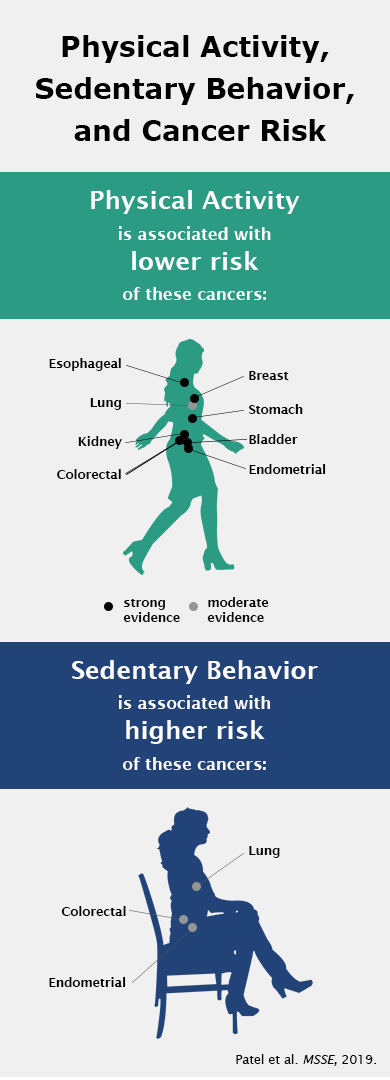Exposure Assessment Studies and Methods
DCEG investigators devote considerable effort to improving exposure assessment techniques and evaluating the reliability and validity of procedures used in cohort and case-control studies of lifestyle, occupational, and environmental exposures.
Lifestyle Exposure Assessment Tools
Activities Completed over Time in 24-hours (ACT24) is a web-based previous-day recall instrument that was designed to estimate daily summary values for physical activity and sedentary behavior, including energy expenditure, time spent sitting and in different types and intensities of physical activity.
Automated Self-Administered 24-hour Dietary Assessment Tool (ASA24) is a freely available web-based tool for epidemiologic, interventional, behavioral, or clinical research from NCI that enables multiple automatically coded self-administered 24-hour recalls and food records.
Radiation-related Exposure Assessment Studies
Investigators work to identify, understand, and quantify the risk of cancer in populations exposed to medical, occupational, or environmental radiation, and to advance understanding of radiation carcinogenesis. To support these epidemiological studies, DCEG radiation dosimetrists focus on developing new dosimetry methods and refining existing methods to achieve more accurate dose estimates, as well as quantifying and incorporating related uncertainties.
- Radiation Dosimetry Research to Support Epidemiologic Studies
- Ultraviolet Sunlight Exposure Assessment
- Occupational Radiation Exposure Studies
Occupational and Environmental Exposure Assessment Studies
DCEG investigators from the Occupational and Environmental Epidemiology Branch continually develop and refine quantitative exposure assessment methods that maximize the available measurements and exposure determinant information to predict historical exposure levels in industry-based studies such as diesel exhaust in the Diesel Exhaust in Miners study, benzene in the cohort study Benzene-Exposed Workers in China, and specific pesticides within the Agricultural Health Study.
In addition, investigators use a variety of tools and methods to perform exposure estimates in population-based studies. Examples include:
